The spread of Covid-19 has forced many employers and management to change the rules and the way they function. Considering the social distancing norms might continue to be in place longer than we expect, it is believed that our office spaces will change too.
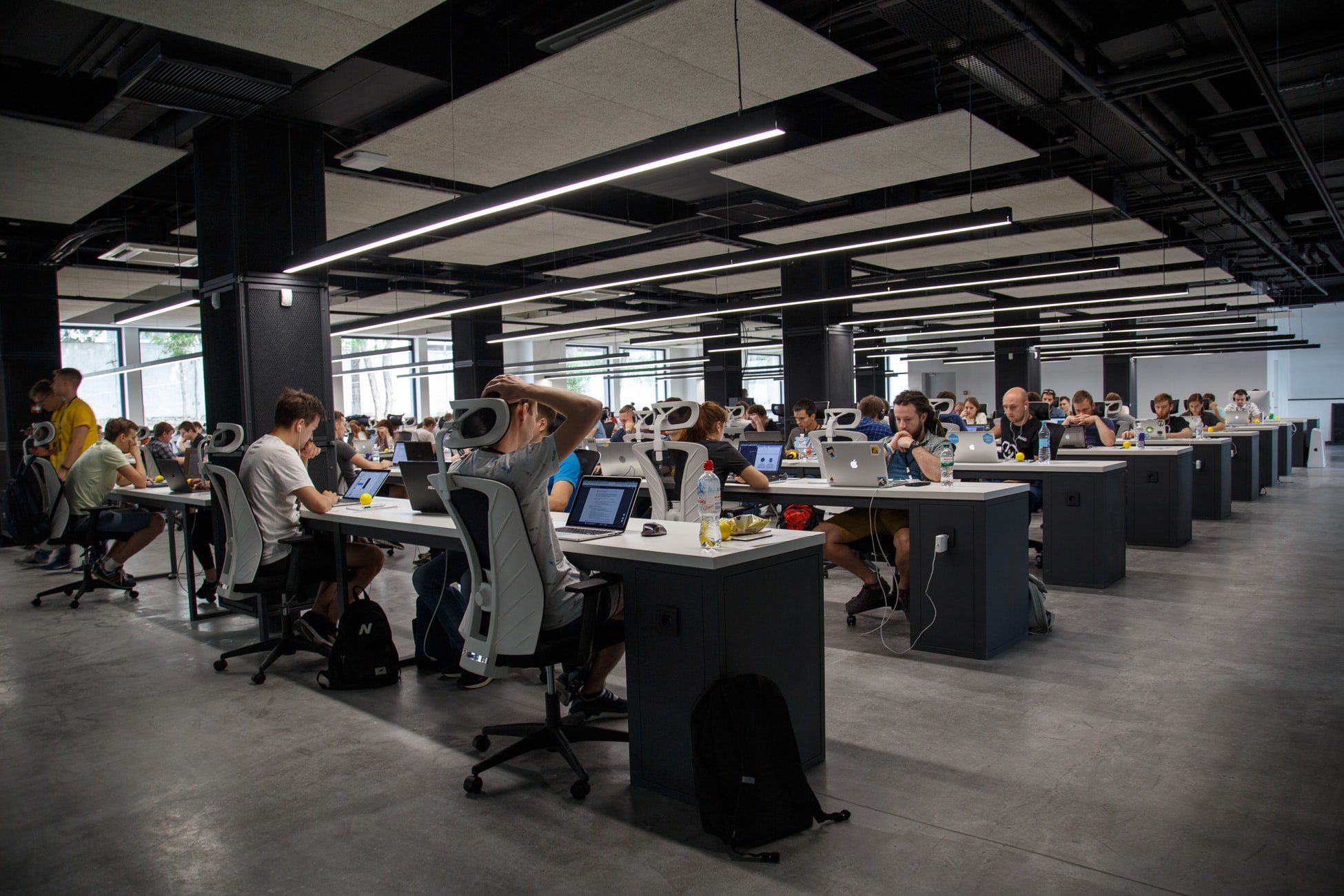
Most workplaces around the world began to implement rules among employees to avoid clusters, maintain physical distance, wear masks, sanitise hands and avoid biometric entry. Many put in place strict deep cleaning protocols. And finally, all suddenly discovered the merits of work from home.
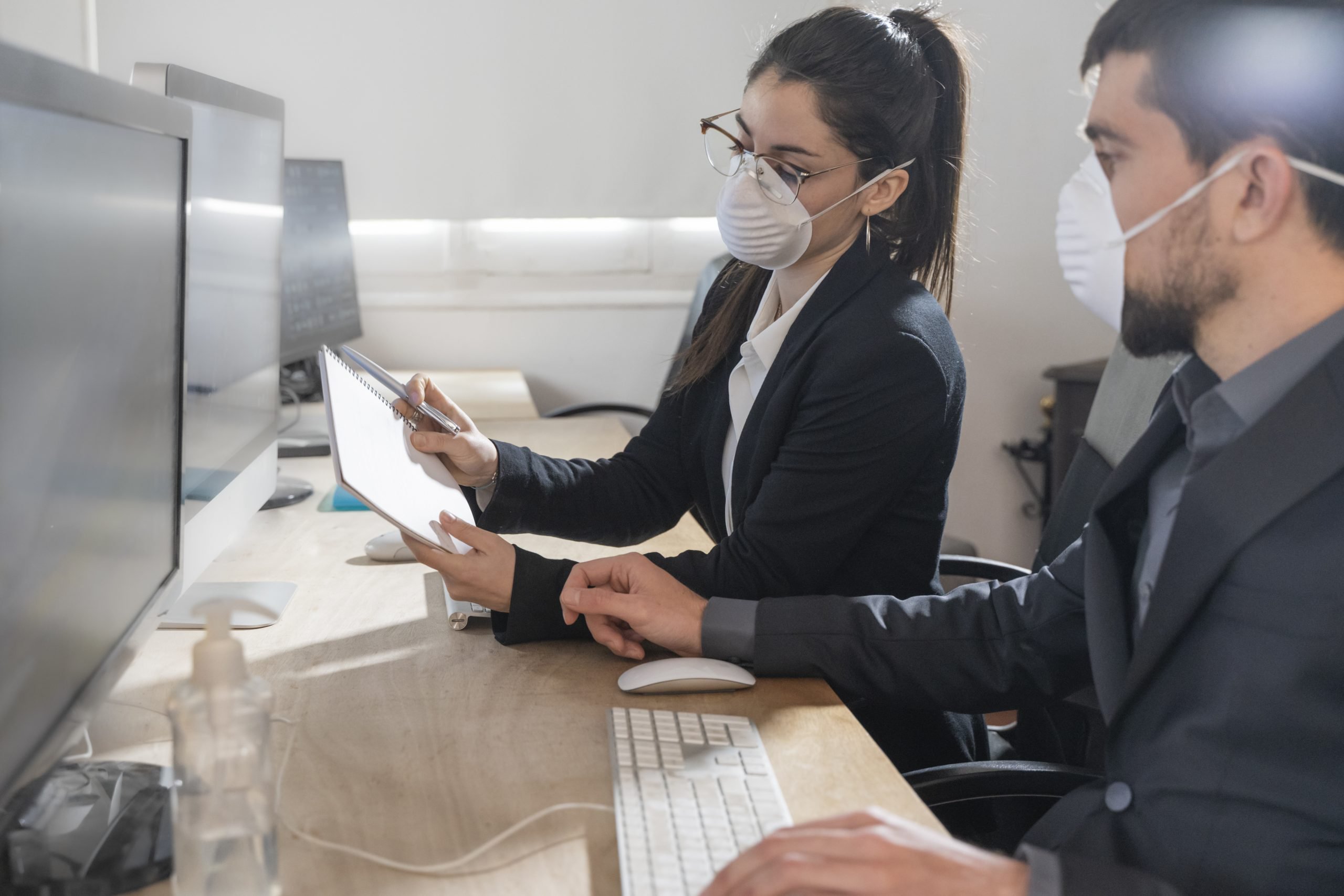
After a few decades of cubicles, the open office became the norm. Different types of furniture, which demarcated different spaces of work, was a distinct feature of the open office floor plan: hubs for private meetings, longer tables around which larger groups could gather for meetings or scribbles, single or two-seater sofas for more private conversations and glass-walled meeting rooms that also offered the same transparency that marked the rest of the office.
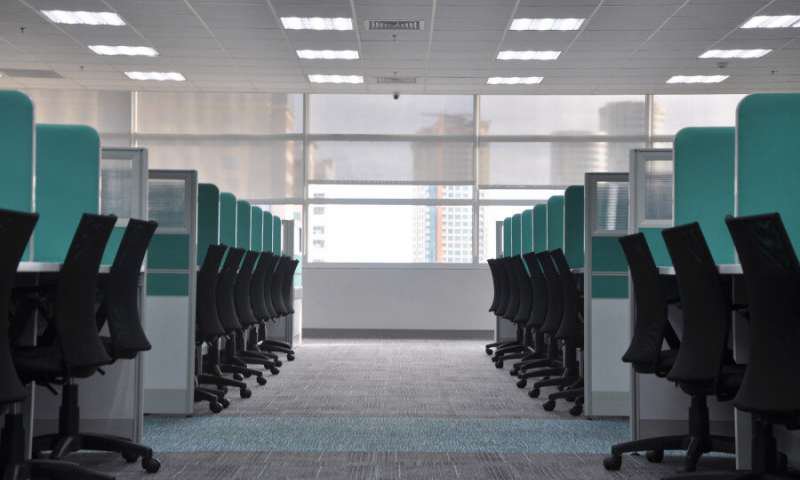
Work desks became workstations where clusters of employees would be seated, often sharing resources such as lamps and telephones.
Open offices is a concept that has been around since the 1960, originating from Germany. The idea of open office is aimed to improve collaboration and proficiency among employees.

In a post-Covid-19 world this seems to be problematic as this practice translates into zero social distancing with multiple shared surfaces.
The whole premise of how offices had been designed was about collaboration and people coming together. Now the more emphasis will be changed to social distancing.
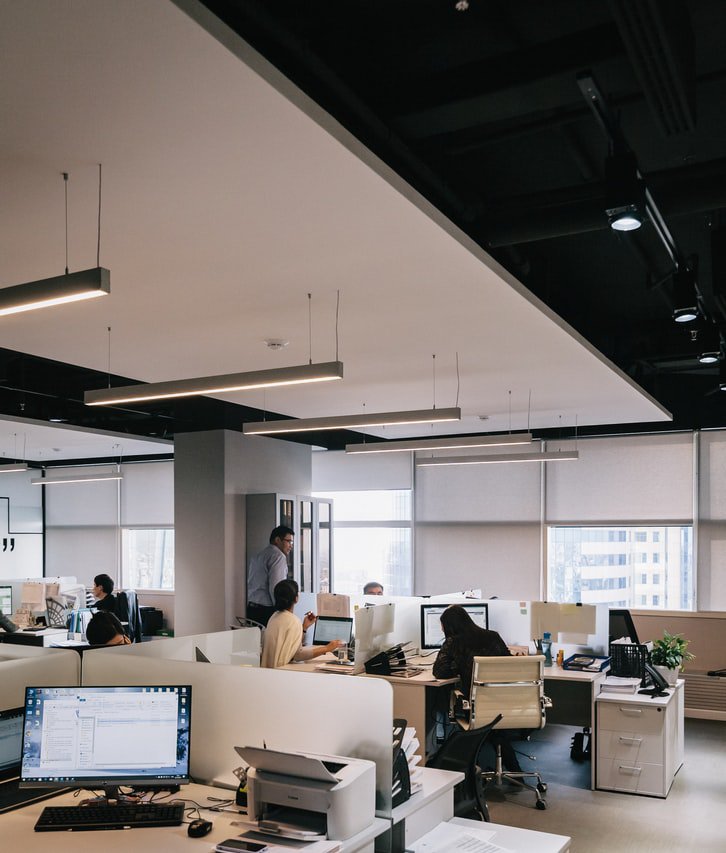
Hence, the challenge now will be how to get people to interact in such a way. The communal spaces that the open office plan allowed for will not be possible anymore. It won’t be possible for three people to sit on a sofa and have a discussion.
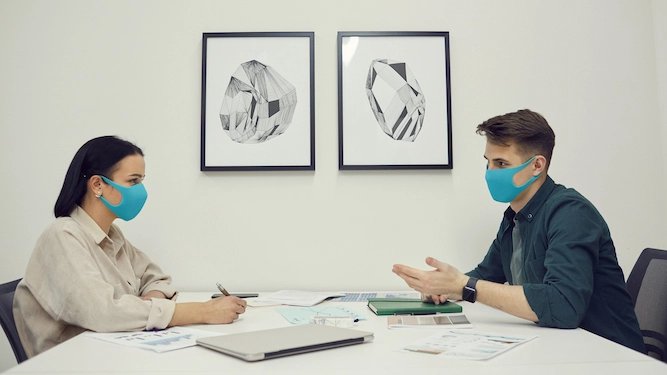
So what will happen to our offices?
US-based furniture maker Steelcase recently released a report-cum-catalogue titled Navigating What’s Next: The post-Covid workspace might help.
The report states that planning for now also means retrofitting the workplace, based on a common-sense approach that adheres to governmental and global health guidelines, including physical distancing, adding barriers, cleaning and safety measures.
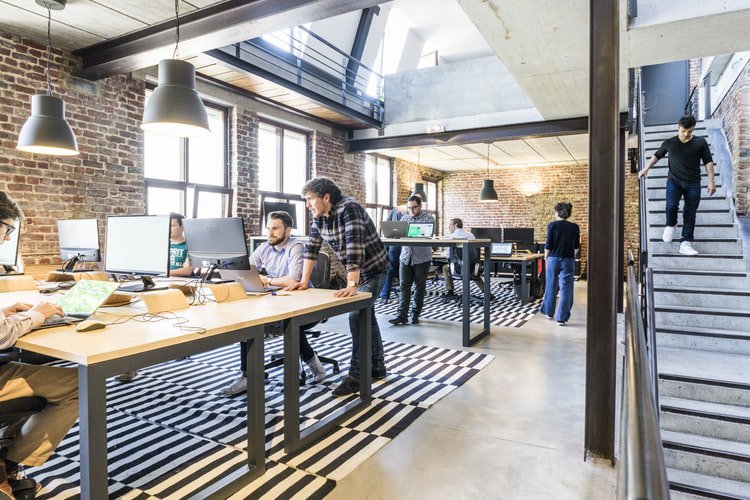
Some of the more immediate suggestions it offers includes reconfiguring desks, or pulling them apart to reduce face-to-face orientation by turning workstations through 90-degree angles which would prevent workers from working directly across or behind one another.
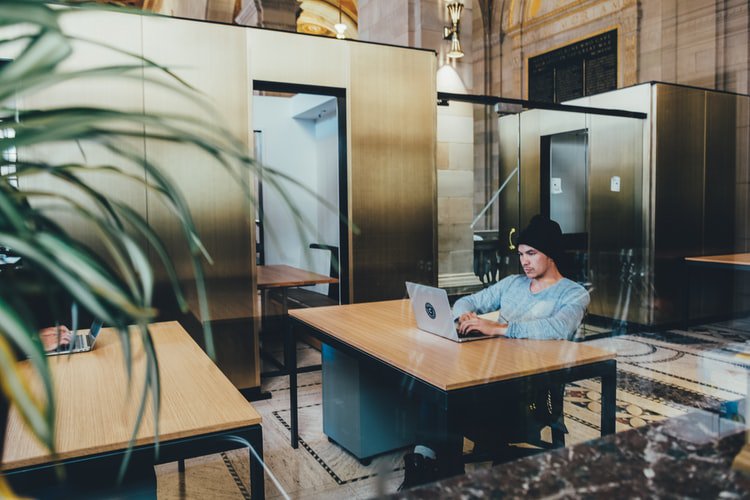
It also suggests using open spaces for meetings of more than five people as well as leveraging flexible furniture with movable whiteboards and screens to create boundaries. It is believed that materials like plexiglass might be the new element in our office spaces to ensure this social distancing.

















